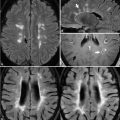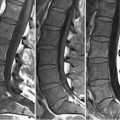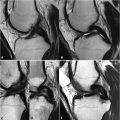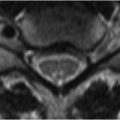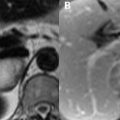92 Tendinous Injuries of the Ankle and Foot MRI accurately depicts the anatomy of the ankle, allowing evaluation of soft tissue masses, and cartilaginous, ligamentous, tendinous, and osseous abnormalities. Utilization of an extremity coil (or in its absence, a knee or head coil, the latter allowing for simultaneous bilateral imaging) maximizes SNR and spatial resolution, with a slice thickness of 3 mm or less desirable. T1WI and T2WI (with or without FS) are obtained, with ligaments and articular cartilage better visualized on GRE T2WI. GRE sequences may, however, suffer from bone-related susceptibility artifact (leading to intraosseous SI loss). The magic angle phenomenon is seen on T2WI, whether FSE or GRE in type, when TE is reasonably short (<60 millisecondsec). In this instance, ligaments or tendons oriented 55 degrees to the main magnetic field (z axis) may manifest an artifactual increase in signal intensity. As in other joints, tendons, ligaments, and cortical bone demonstrate hypointensity due to a lack of mobile protons, whereas hyaline cartilage SI is intermediate. Coronal images accurately depict collateral ligaments and the tibia–fibula–talar relationship; anterior and medially lying tendons are best evaluated on sagittal images. The Achilles tendon normally demonstrates low SI on all pulse sequences—with some degree of heterogeneity possible normally on T1WI and PDWI—and is best visualized on sagittal and axial images. In axial planes, the Achilles tendon is flat with anterior concavity, posterior convexity, and rounding of its lateral and medial portions. Achilles injuries most commonly occur proximal (2–3 cm) to its calcaneal insertion—a region of sparse vascularity—as in the complete tear illustrated in Fig. 92.1A
![]()
Stay updated, free articles. Join our Telegram channel

Full access? Get Clinical Tree


